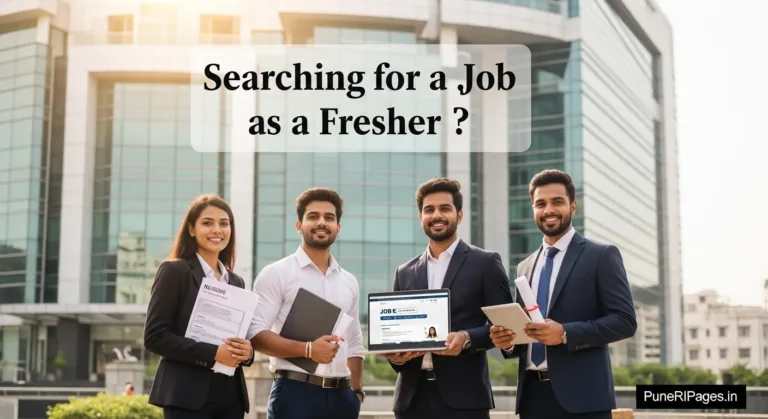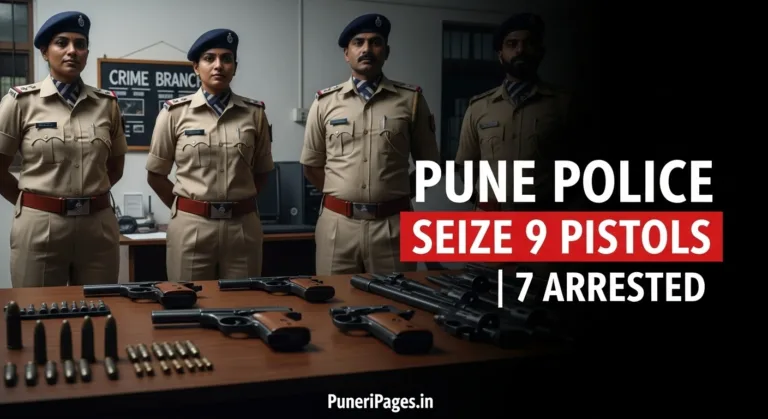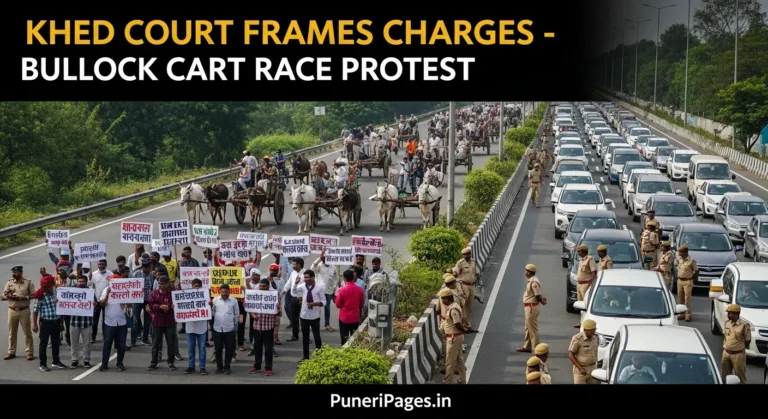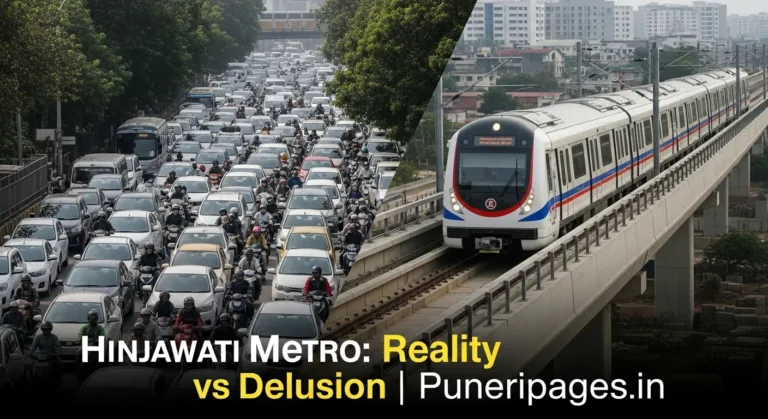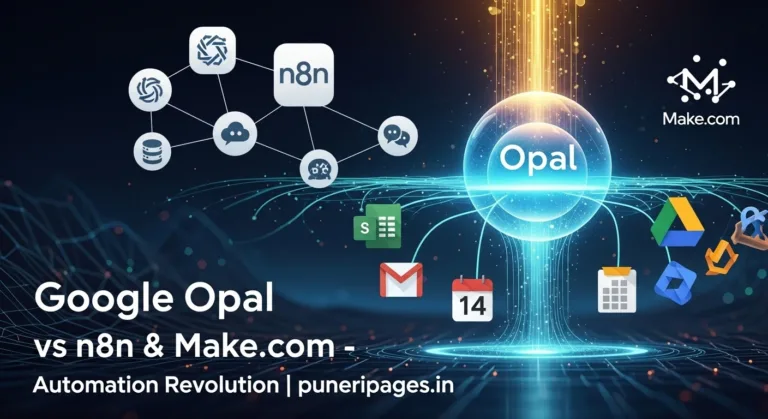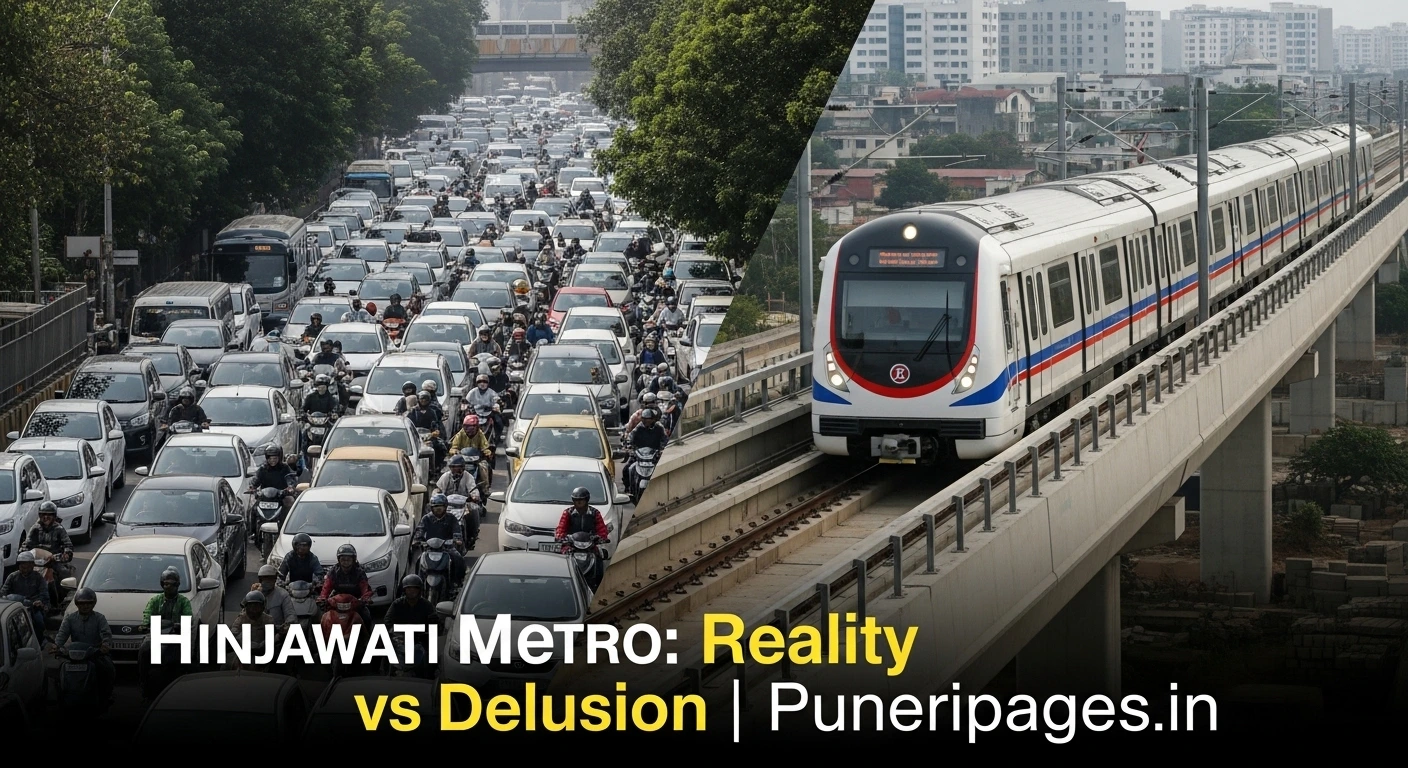
Hinjawadi Metro promises relief for commuters, but will it really solve Pune’s traffic problem? Image shows traffic congestion versus the new metro system. Source: puneripages.in
By Prashant for PuneriPages.in
Pune: For anyone who has spent hours crawling through the daily gridlock on the roads to Hinjawadi, the towering pillars of the new Pune Metro Line 3 offer a glimmer of hope. Promised as the ultimate solution to the city’s infamous IT corridor traffic, the metro is already being hailed as a game-changer. But before commuters start imagining a traffic-free paradise, it’s worth asking: will it really solve the problem, or is the idea more wishful thinking than reality?
Table of Contents
The ‘Dream Come True’: How the Hinjawadi Metro Traffic Solution Will Help
There’s no denying the potential benefits of the Hinjawadi Metro.
Massive Capacity: Each metro train can carry thousands of passengers at a time. In practical terms, this could remove hundreds of cars and two-wheelers from the roads every single day, making commutes faster and safer.
Time & Predictability: Unlike road travel, the metro is unaffected by congestion. Fixed travel times can dramatically improve daily productivity and reduce the stress of commuting.
Direct Connectivity: Line 3 will directly link the sprawling IT park in Hinjawadi to Pune’s city center at Civil Court. For the first time, public transport could realistically compete with private cars and two-wheelers.
In short, for those who use it regularly, the metro promises reliability and efficiency—two things that Hinjawadi commuters have long yearned for.
The Ground Reality: Why the Metro Alone Isn’t Enough
But here’s where the optimism meets a hard dose of reality.
First and Last-Mile Connectivity: The biggest hurdle isn’t the metro itself, but how commuters reach it. If feeder buses are unreliable, walkways unsafe, or internal shuttle services sparse, most employees will continue using their private vehicles, defeating the purpose of the metro.
Induced Demand: Traffic planners warn that adding capacity often encourages more travel. Even if thousands switch to the metro, others may take advantage of clearer roads, quickly filling up the freed space.
Cost and Convenience: For families or small groups, the cost of metro travel versus the convenience of a door-to-door car journey could be a deciding factor. Private vehicles remain unmatched for comfort and flexibility.
Internal Campus Transit: Hinjawadi is vast. A metro station outside a large office campus still requires internal transport options—without them, adoption may remain limited.
Reality vs. Delusion: What the Hinjawadi Metro Traffic Solution Truly Requires
The Hinjawadi Metro is a crucial piece of the puzzle, but it isn’t a silver bullet. Alone, it cannot eliminate the traffic problem.
What’s Really Needed: For the metro to fulfill its promise:
- Reliable and frequent feeder buses like those run by PMPML.
- Safe, continuous footpaths for pedestrians.
- Affordable last-mile solutions such as e-rickshaws, shared bikes, or shuttles.
- Policies discouraging private vehicle use in the IT park, including congestion pricing or higher parking fees.
The Verdict
The metro will likely transform the commute for thousands who can access it easily and integrate it into their daily travel. Yet, without complementary infrastructure and policy measures, the idea that it will single-handedly solve Hinjawadi’s traffic woes is more delusion than reality.
The new Pune Metro Line 3 represents hope—but it’s just one weapon in the fight against the city’s persistent congestion problem. Success will depend on careful planning, integration, and commuters embracing a shift from private vehicles to a multi-modal transport network.
For more details on Pune Metro Line 3, visit the PMRDA Official Website and Maha Metro for project updates and schedules.
